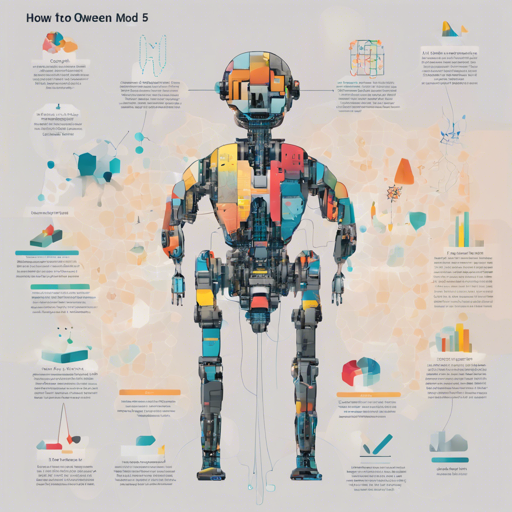In this guide, we’ll explore how to set up and use the uncensored version of the Qwen 2.5-7B Instruct Abliterated Model in your applications using Hugging Face’s transformers library. This model is designed to enhance your text generation tasks with a powerful and improved version of its predecessor.
Getting Started
Before you dive into using the Qwen model, take a moment to ensure that you have the necessary libraries installed. You’ll need Python and the Hugging Face Transformers library. If you haven’t installed it yet, you can do so using the following command:
pip install transformersLoading the Model
Once your setup is ready, you can load the model and tokenizer. Think of it like preparing the ingredients before cooking up something delicious. Here’s how you can do that:
from transformers import AutoModelForCausalLM, AutoTokenizer
# Load the model and tokenizer
model_name = "huihui-ai/Qwen2.5-7B-Instruct-abliterated-v2"
model = AutoModelForCausalLM.from_pretrained(model_name, torch_dtype="auto", device_map="auto")
tokenizer = AutoTokenizer.from_pretrained(model_name)
Initializing the Conversation
Now, let’s set the stage for our chat. You need to initialize the conversation context so that the model knows how to respond, similar to introducing yourself at a party:
# Initialize conversation context
initial_messages = [{"role": "system", "content": "You are Qwen, created by Alibaba Cloud. You are a helpful assistant."}]
messages = initial_messages.copy() # Copy the initial conversation context
Managing the Conversation Loop
In every conversation, there’s an ebb and flow. You’ll want to create a loop that allows the user to input their queries while the model responds appropriately. This loop operates like a ping-pong game—back and forth!
# Enter conversation loop
while True:
user_input = input("User: ").strip() # Get user input and strip whitespaces
if user_input.lower() == "exit":
print("Exiting chat.")
break
elif user_input.lower() == "clean":
messages = initial_messages.copy() # Reset conversation context
print("Chat history cleared. Starting a new conversation.")
continue
if not user_input:
print("Input cannot be empty. Please enter something.")
continue
messages.append({"role": "user", "content": user_input}) # Add user input to the conversation
text = tokenizer.apply_chat_template(messages, tokenize=False, add_generation_prompt=True) # Build the chat template
model_inputs = tokenizer([text], return_tensors="pt").to(model.device) # Tokenize input and prepare it for the model
generated_ids = model.generate(**model_inputs, max_new_tokens=8192) # Generate a response from the model
generated_ids = [output_ids[len(input_ids):] for input_ids, output_ids in zip(model_inputs.input_ids, generated_ids)]
response = tokenizer.batch_decode(generated_ids, skip_special_tokens=True)[0] # Extract model output
messages.append({"role": "assistant", "content": response}) # Add the model's response to the conversation
print(f"Qwen: {response}") # Print the model's response
Evaluating Performance
Once you’re familiar with using the model, you may want to evaluate its performance. Benchmarking helps you understand how well your model is doing compared to others. Here’s a quick look at the evaluations:
| Benchmark | Qwen2.5-7B-Instruct | Qwen2.5-7B-Instruct-abliterated-v2 | Qwen2.5-7B-Instruct-abliterated |
|---|---|---|---|
| IF_Eval | 76.44 | 77.82 | 76.49 |
| MMLU Pro | 43.12 | 42.03 | 41.71 |
| TruthfulQA | 62.46 | 57.81 | 64.92 |
| BBH | 53.92 | 53.01 | 52.77 |
| GPQA | 31.91 | 32.17 | 31.97 |
Troubleshooting
If you encounter issues while using the Qwen model, here are some tips to troubleshoot:
- Ensure that all required libraries are properly installed.
- Check your internet connection if you’re having trouble loading the model.
- Make sure you are using the correct model name without any typos.
- Restart your Python environment if you notice any persistent errors.
For more insights, updates, or to collaborate on AI development projects, stay connected with fxis.ai.
Conclusion
At fxis.ai, we believe that such advancements are crucial for the future of AI, as they enable more comprehensive and effective solutions. Our team is continually exploring new methodologies to push the envelope in artificial intelligence, ensuring that our clients benefit from the latest technological innovations.

